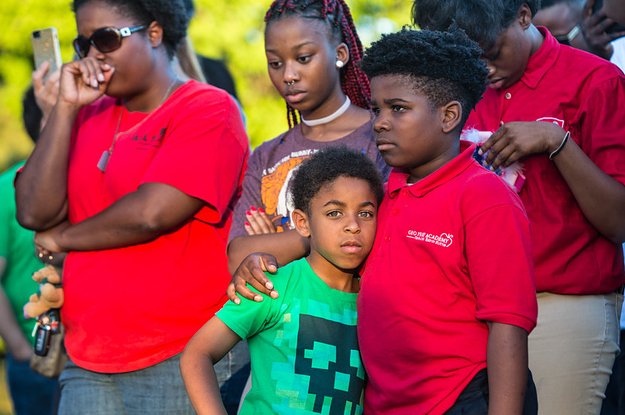By now we have all heard about the horrific racist mass murder that claimed ten innocent lives at the Tops Supermarket in Buffalo, NY. In the wake of this and other racial hate crimes, there is the inevitable search for the answer to the question, “Why did this happen in this particular place?” Unfortunately the numbers of such raced based violent crimes over the past decade are not limited to any particular geographic part of this country. Yet in the case of the Buffalo murders, there are some disturbing factors that emerge on a couple of different levels about why the Tops Supermarket was targeted. On one level, the 18 year old white supremacist shooter traveled around 200 miles to this particular place because he knew he would find a significant number of Black people there. If we stop at this level, it is easy to focus on the plans of one hate filled racist outsider as the reason for the murders. While it is important to investigate the roots of the killer’s white supremacist racism and the access to weapons including an assault rifle that enabled him to carry out his evil plan, settling for this level of reflection neglects a larger question, “Why was there only one supermarket in that Black section of the city?”
A deeper look into the area targeted for the murders reveals the long standing impacts of systemic racism that are familiar to Black people in Buffalo and other cities throughout the nation. This became clear to me after listening to the most recent episode of a podcast called Into America that centers the voices and experiences of Black people. In the recent episode titled “Hate and Heartbreak in Buffalo,” a community leader named India Walton reflects on the murders in light of the impacts of systemic racism that the Black community in Buffalo has endured for decades. In particular, she addresses the disinvestment in East Buffalo that resulted in people having access to only one supermarket that is considered to be of low quality compared to supermarkets in predominantly white parts of the metropolitan area. While this phenomenon is often referred to as a “food desert,” she refers to this as “food apartheid” because deserts are mainly caused by forces of nature whereas “food apartheid” is the result of human decisions and policies. Even as Ms. Walton deals with her own unspeakable grief at the loss of ten lives including a personal friend, she is clear about the need for addressing the realities of systemic racism. While it is nearly impossible to stop every incident of targeted violence by racist individuals, it is possible to target and address aspects of systemic racism if we are willing to confront racism at this level. I encourage you to take the time to listen to the heartfelt words and insights of India Walton.
To listen to the podcast episode, click here.


